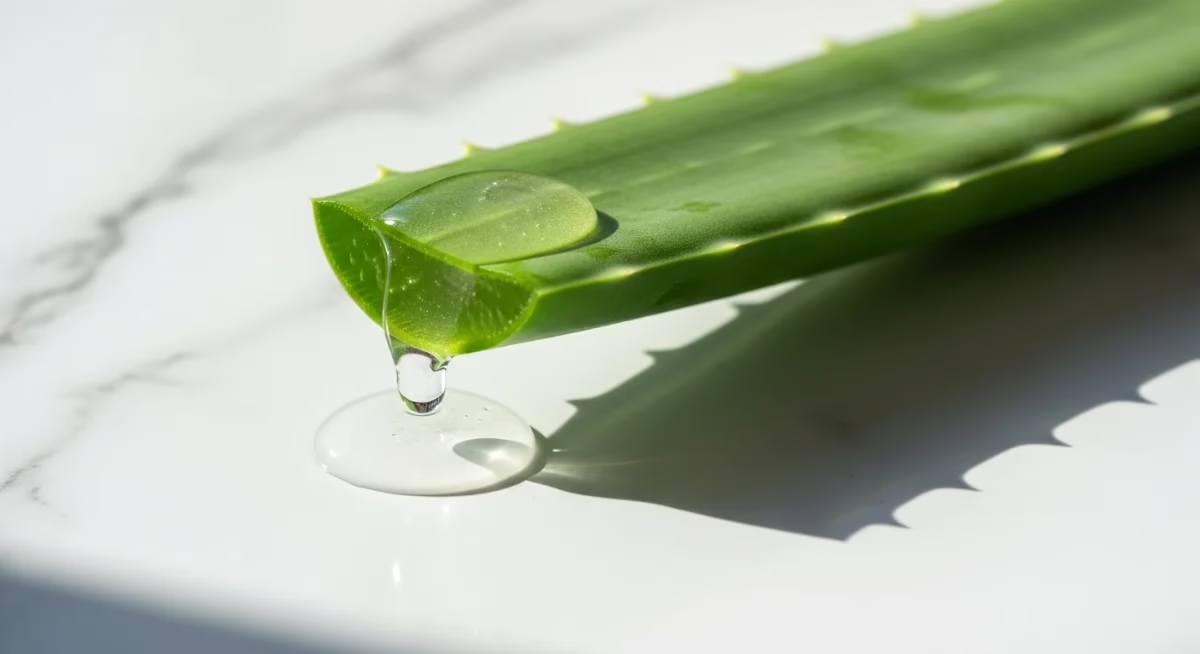Hand-lettering is an artistic and creative way of creating custom typography that has become increasingly popular in recent years. It involves drawing each letter by hand, allowing for a unique and personal touch to be added to design work. Hand-lettering is an art form that requires skill and practice to master, but the results can be stunning. In this blog post, we will explore the art of hand-lettering and provide tips on how to create custom typography that showcases your unique style. Hand-lettering allows you to create unique and personalized typography that adds character and style to your designs.
Understand the basics of typography
Before you can start creating custom typography, it’s important to have a good understanding of the basics of typography. This includes things like font families, typography rules, and terminology. Understanding these concepts will help you create well-designed lettering and ensure that it looks professional.
Experiment with different styles
One of the great things about hand-lettering is the ability to experiment with different styles. From classic calligraphy to modern brush lettering, there are countless styles to choose from. It’s important to try out different styles and techniques to find what works best for you. Different tools like brush pens, markers, or even a simple pencil can also be used to create unique lettering styles.
Find inspiration
Inspiration is key when it comes to hand-lettering. Look for inspiration in nature, architecture, or even other artists’ work. Pinterest and Instagram are great sources for inspiration and tutorials. You can also attend workshops or take online courses to improve your skills and learn new techniques.
Use a grid system
Using a grid system is important when it comes to creating consistent lettering. This will help you keep your letterforms and spacing consistent. There are many grid templates available online, or you can create your own. A grid system will also help you create custom ligatures, which are the combination of two or more letters to create a unique design.
Sketch your designs
Before you start creating your hand-lettering design, it’s a good idea to sketch out your ideas. This will help you plan out the design and make any necessary changes before you start inking or digitizing it. You can also use sketches as a reference when creating your final design.
Digitize your work
Once you’ve created your hand-lettering design, it’s time to digitize it. Use a scanner or a camera to capture your work and import it into a design program like Adobe Illustrator. This will allow you to refine your work and create a vector file that can be scaled to any size. You can also use digital brushes to add color and texture to your design.
Add color and texture
Adding color and texture to your hand-lettering will give it depth and dimension. Use watercolor or other painting techniques to add color, or use digital brushes to add texture. You can also experiment with different effects like gradients or shadows to make your design pop.
Use custom ligatures
Custom ligatures are a great way to add personality to your typography. They are the combination of two or more letters to create a unique design. Custom ligatures can showcase your style and add a personal touch to your lettering.
Practice, practice, practice
Like any skill, hand-lettering requires practice. Make it a habit to practice your lettering every day, even if it’s just for a few minutes. The more you practice, the better you’ll get, and the more confident you’ll feel in your lettering skills.
Use your hand-lettering
in design work Once you’ve mastered the art of hand-lettering, it’s time to use it in your design work. Hand-lettering can be used in logos, branding, packaging, and more. It adds a unique and personal touch to design work and can help it stand out from the
In conclusion, hand-lettering is a fun and creative way to add personality to your designs. With a few simple tips, you can create custom typography that showcases your style and adds a unique touch to any project. Whether you’re a designer, artist, or just looking to try something new, hand-lettering is a skill worth learning.





